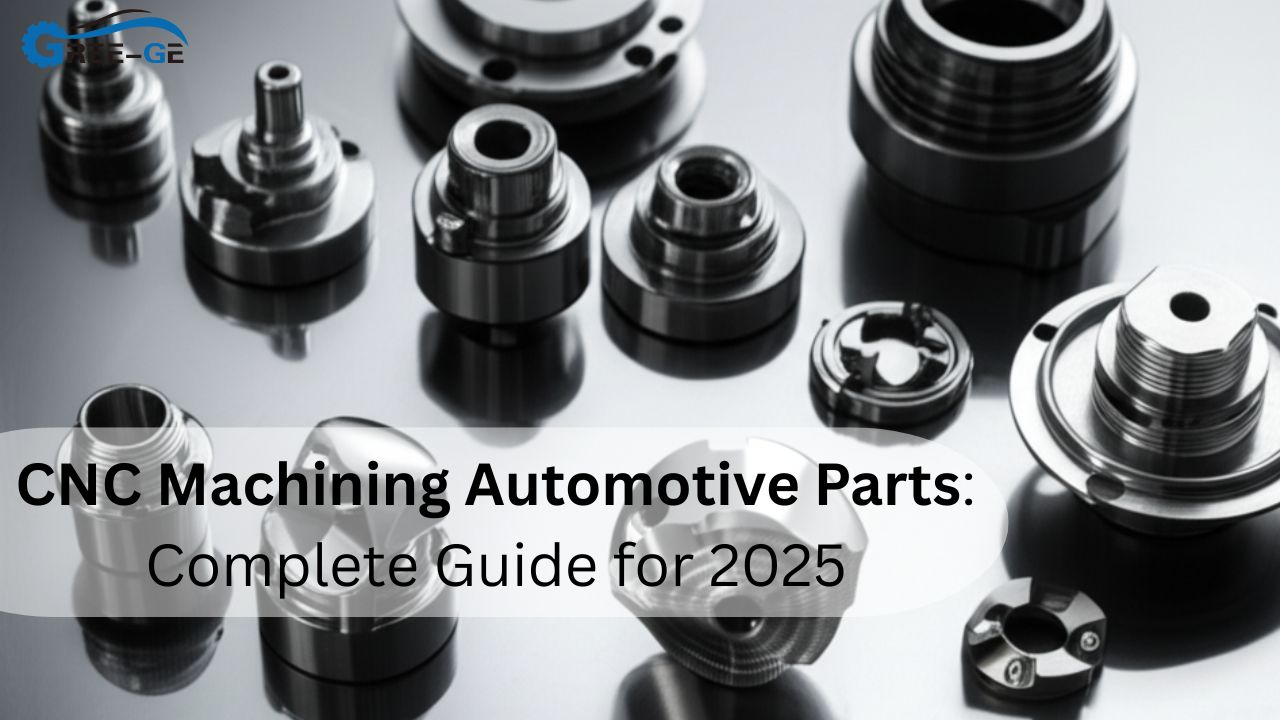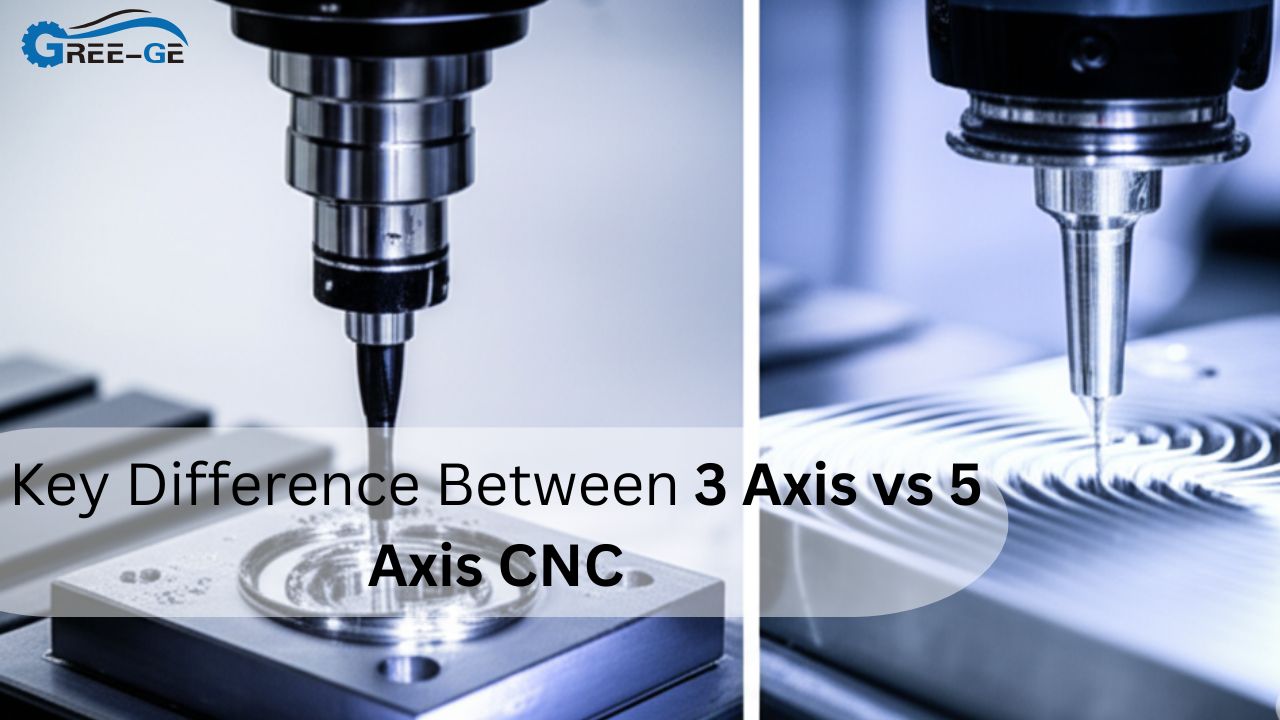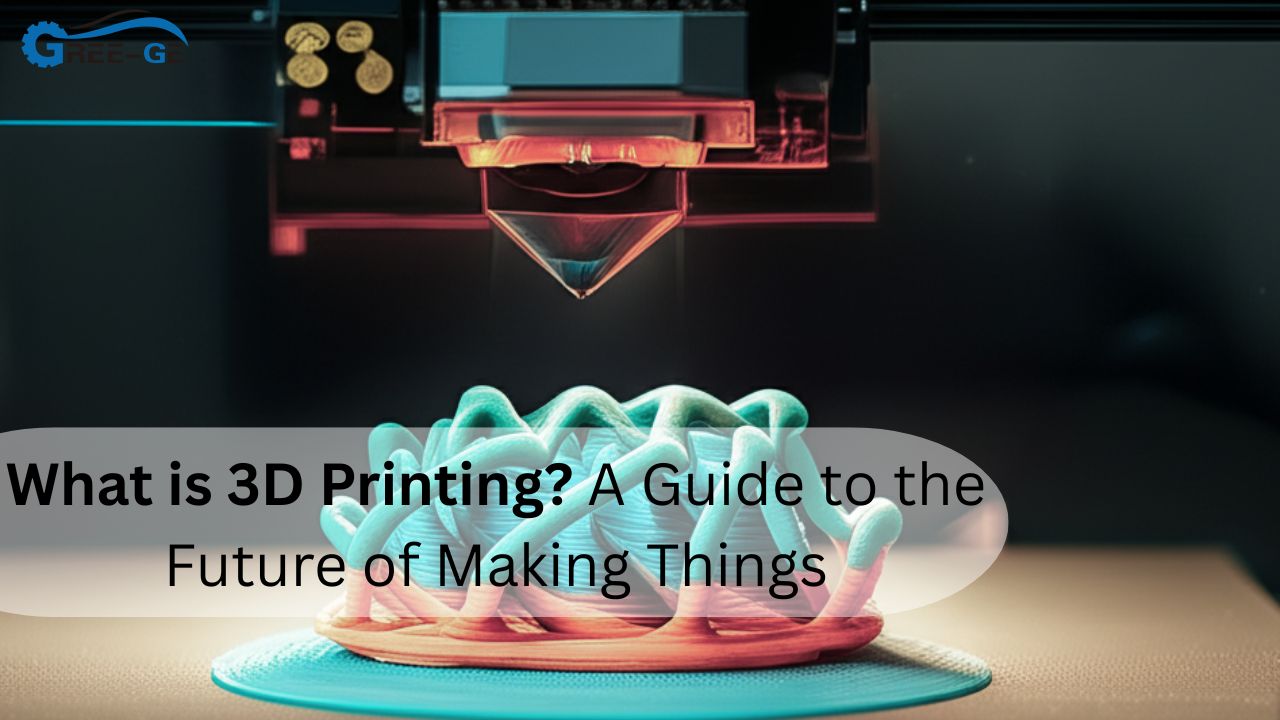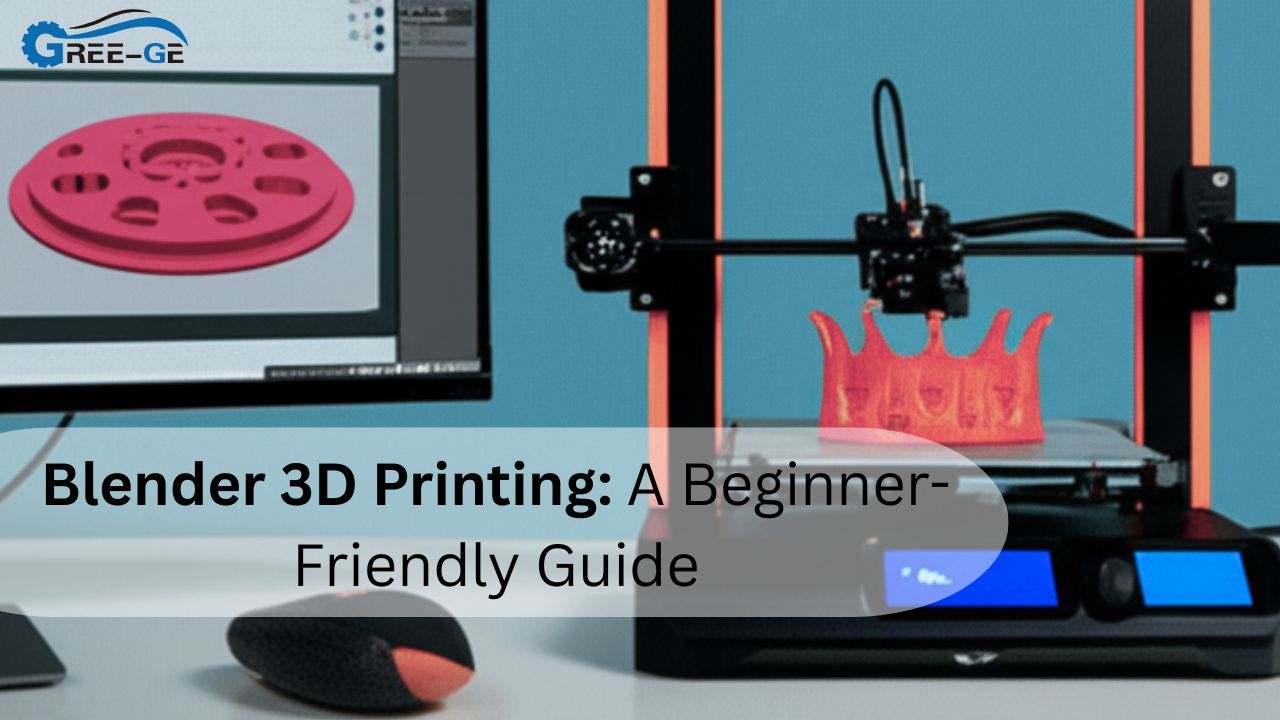Do you find the technology underlying precisely cutting tubes with a laser fascinating? Maybe you have seen nicely sliced pipes create beautiful metal frames or creative sculptures. From tiny car parts to large structural components with relative simplicity, a CNC tube cutting machine makes these operations accurate and efficient.
You might be wondering, though, “Is a CNC tube cutting machine really that different from a traditional cutting setup?” Sure is the response. Modern tools use sophisticated cutting techniques, automated control systems, and easy-to-use software. The correct machine will help you to cut waste, get better edges, and increase manufacturing speed. In this post, we will discuss what a CNC tube cutting machine is, how it works, and the reasons for its being a mainstay in many different fields. Along the road, we will also go over the key elements, safety precautions, and typical mistakes to avoid.
Knowing The Fundamentals Of CNC Tube Cutting Machines
Using computerized controls, a CNC tube cutting machine automated tube and pipe construction. It reads programmed instructions, rotates and positions tubes, then applies laser or other cutting methods. This yields precise cuts, reduced material waste, and faster workflows. Industries like automotive, aerospace, and furniture benefit from this efficient technology.
Automated Tube Handling
A CNC system clamps the tube, rotating or feeding it along its axis. Motors respond to digital commands, ensuring each cut lands at exactly the right position. Automated handling boosts repeatability, saving operators from tedious manual measurements or potential errors.
High-Precision Cutting
Instead of rough edges, CNC machines deliver smooth, consistent surfaces. Whether laser, plasma or even abrasive methods are used, the controlled nature of CNC yields minimal burrs. This precision matters greatly in industries requiring tight tolerances and neat weld seams.
Versatile Software
Operators import design files into user-friendly CAD/CAM software. The software translates geometry into machine movements. Modern packages even simulate cuts, predicting potential collisions. This digital approach fosters flexible production—switching from one tube design to another takes mere clicks.
Types Of Cutting Methods
The phrase CNC tube cutting machine doesn’t specify just one cutting technique. Instead, “CNC” refers to how the machine is controlled. The actual cutting can happen in multiple ways:
Laser Cutting
Lasers use a concentrated beam of light to melt or vaporize the tube material. This approach produces clean edges and tight tolerances. Laser-based tube cutters often handle steel, stainless alloys, or aluminum, with minimal finishing needed afterward.
Laser cutting usually excels at detail work, letting you add holes or intricate patterns along the tube’s circumference. It’s especially useful when you need lightweight designs, like in aerospace frameworks. Yet, laser machines can be expensive to purchase and maintain due to high-power components and specialized optics.
Plasma Cutting
Plasma relies on ionized gas to heat and blow away metal. It’s often more cost-effective than laser, though it might leave a slightly rougher edge. Plasma cutters excel at moderate thicknesses, making them popular in construction or heavy equipment manufacturing.
While not as precise as lasers, a plasma-based CNC tube cutting machine still outperforms manual cutting by leaps and bounds. Many operators find the sweet spot in performance for mid-tier budgets, especially if they don’t need micro-level detail.
Sawing And Milling
In some setups, the machine uses rotating saw blades or milling heads to cut tubes. That’s more traditional but still controlled by CNC. While not as quick or flexible as laser or plasma, these methods can handle thick-walled tubes or unique materials that resist thermal cutting.
Saw-based systems might appear in shops focusing on large-diameter pipes. They can also incorporate features like chamfering or face-milling in the same cycle, streamlining production for large structural frames or pipeline projects.
Suggestion: If you often switch materials or thicknesses, invest in a CNC tube cutting machine that accommodates multiple cutting heads. This flexibility saves time and money in the long run.
Key Machine Components
Any advanced CNC tube cutting machine consists of several core parts. Understanding them helps you pick the right model or troubleshoot issues.
Frame And Bed
The machine’s structure ensures everything remains stable during cutting. A heavy-duty frame resists vibrations that could skew precision. Many frames include built-in rollers or supports to keep long tubes level, reducing the risk of bending.
Chuck Or Clamping System
A chuck or a set of adjustable clamps grips the tube firmly while allowing rotation and axial movement. In some designs, multiple chucks hold the tube from both ends, preventing wobble. Precise clamping is crucial for tight tolerances and minimal scrap.
Cutting Head
Depending on the chosen technology (laser, plasma, saw), the cutting head contains the main tool. It might have focusing lenses (for lasers), electrode nozzles (for plasma), or rotating blades (for sawing). This head receives instructions from the machine’s controller, adjusting height or angle to maintain a clean cut.
CNC Controller And Software
This computerized brain interprets G-code or other instructions. It coordinates servo motors and stepper motors, ensuring synchronized motion. Operators interface with a control panel or a computer that allows real-time monitoring. Some advanced controllers even detect collisions or misalignments mid-cut, pausing operations to avoid damage.
Warnings: Always confirm your CNC tube cutting machine is grounded properly. Electrical issues can damage delicate electronics or put operators at risk.
Common Applications Across Industries
Let’s keep paragraphs short:
- Automotive And Transportation
Vehicle frames, exhaust pipes, and roll cages rely on precise tube cuts. CNC methods ensure each bracket or joint aligns seamlessly during assembly.
- Architectural And Structural
From steel beams in skyscrapers to decorative railings, a CNC tube cutting machine shapes metal sections that fit together like puzzle pieces. Curved or angled cuts are done easily with computerized guidance.
- Furniture Manufacturing
Modern furniture often uses CNC metal cutting machines as a base. Thanks to CNC, chairs, tables, and shelves can feature unique geometric patterns. This approach speeds up the mass production of uniform parts.
- Offshore And Energy
Oil rigs, wind turbines, and pipeline networks often require huge tubes with angled or beveled edges. Laser or plasma cutters handle these thick-walled tubes better than manual torches.
- General Fabrication
Small job shops benefit from CNC equipment that can adapt from day to day, producing custom parts for local clients. The same machine might cut a small decorative piece in the morning and heavy brackets in the afternoon.
A single CNC tube cutting machine can serve multiple markets, from automotive to construction, increasing the shop’s versatility and potential revenue streams.
Table Of Key Advantages And Potential Drawbacks
Below is a quick overview that helps you weigh the pros and cons of using a CNC system over traditional methods:
| Aspect | Advantages | Potential Drawbacks |
|---|---|---|
| Precision And Repeatability | Tight tolerances, minimal rework | Requires calibration and maintenance |
| Speed And Efficiency | Faster production reduced labor costs | High initial purchase price |
| Flexibility In Designs | Complex angles, patterns, and bevels | Software learning curve for operators |
| Material Utilization | Lower scrap due to accurate nesting | Cutting thick tubes can be slower with lasers |
| Automation And Consistency | Operator fatigue minimized | Occasional downtime for software updates |
Though initial costs may appear steep, many businesses find the return on investment worthwhile. Enhanced speed, less wasted material, and streamlined processes often make up for the machine’s price over time.
Practical Tips For New Operators
Operating a CNC tube cutting machine can be straightforward once you master a few best practices:
- Double-Check Clamping: Ensure tubes are firmly secured. Loose grips cause chatter and inaccurate cuts.
- Review G-Code: Always simulate your cutting path. Modern software can highlight collisions or mistakes.
- Mind The Tube’s Seam: If the tube has a welded seam, orient it in the correct direction to maintain structural integrity.
- Clean The Machine Regularly: Dust and metal particles gather over time, affecting sensors and guides. Frequent cleaning extends machine life.
- Use The Right Gas Or Coolant: Laser or plasma systems might require assist gases like nitrogen or oxygen. Follow manufacturer guidelines on gas pressure and purity.
Suggestion: Keep a logbook of each job’s settings—feed rate, power level, and clamp positions. Referencing these notes can save time when repeating similar tasks down the road.
Conclusion
So, what is a CNC tube cutting machine, and how does it work? In essence, it’s a computerized system that holds and rotates tubes while using a cutting method—often laser or plasma—to carve each piece to exact specifications. By automating these movements, the machine ensures fast, accurate results that manual cutting methods can’t match.
Whether you’re in automotive, construction, or furniture, a CNC tube cutting machine can streamline production and elevate quality. You’ll enjoy less waste, fewer errors, and the ability to take on complex geometric designs that manual tools would struggle with. While the price tag and learning curve may be significant, the payoff in efficiency and versatility is well worth it. Embrace the technology, keep safety in mind, and watch your fabrication projects flourish.
FAQs
- Do I need specific software to run a CNC tube cutting machine?
Yes. Most machines come with proprietary control software. You can also import designs from CAD programs, but always confirm format compatibility.
- Can a CNC tube cutting machine handle irregular or asymmetrical tubes?
Many can. Advanced chucks and sensors allow the handling of various profiles—like oval or triangular tubes. You might need custom clamps for very unusual shapes.
- Does tube thickness affect cutting speed?
Absolutely. Thicker walls generally slow the process, especially if you’re using a laser. Plasma might handle certain thicker tubes faster, depending on the machine’s power rating.







